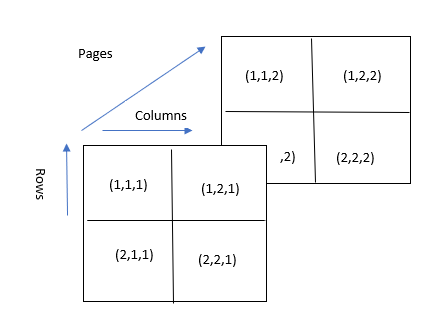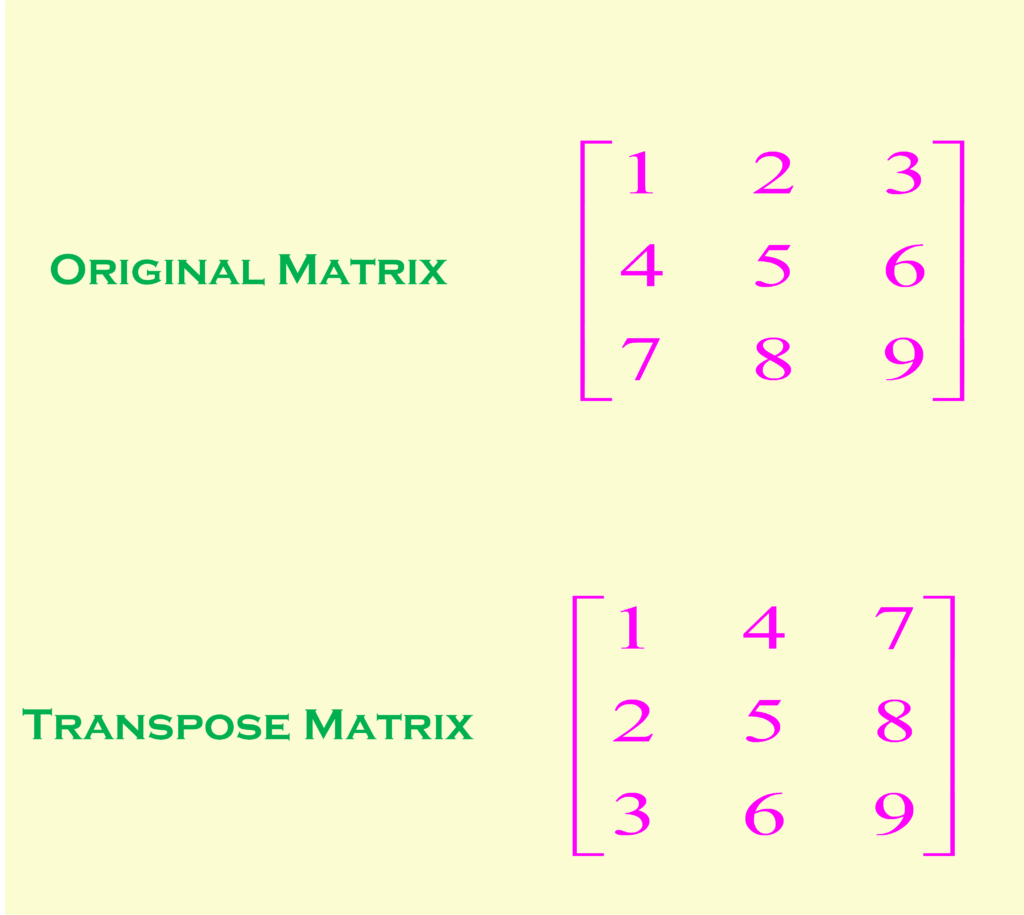

Method: transpose data, store it in cell array, reassign it to structure/field. Find the nonconjugate transpose of this matrix. Here's a simple method that you could do in 1 line of code. If you can construct the vector (1,3,5,2,4,6), then you can use that vector to assign the values appropriately. Create a 2 -by- 3 matrix, the elements of which represent real numbers. The transpose operator is especially useful in linear algebra. Even a single number is stored as a matrix. In this video I'll go over how we can use the transpose operator in MATLAB to easily switch the rows and columns of a matrix. The elements can be numbers, logical values (true or false), dates and times, strings, categorical values, or some other MATLAB data type. A matrix is a two-dimensional, rectangular array of data elements arranged in rows and columns. In this method, ‘transpose’ command is used to find out the transpose of the matrix. This would be represented as (1,3,5,2,4,6) with size (3,2). The most basic MATLAB data structure is the matrix. Accept input matrix by using square matrix (Input 23, 32, 11 22 3 2 16 39 21 32 4 1 Apply the operator on the input matrix ( output matrixinput matrix.’) Display the output matrix. Choose a web site to get translated content where available and see local events and offers. save 'yourfile.mat' x save transposed array as a named file. 2) Manually transpose the data yourself inside your C++ routine before saving it to the mat file. xxlsread ('yourfile.xls') read excel spreadsheet of numeric values. 1) Open up a MATLAB Engine and then call the Engine to do the transpose (e.g., manually or via the engCallMATLAB routine you can find in the FEX). syms x y real A x x x y y y A x, x, x y, y, y Find the nonconjugate transpose of this matrix.

SAVE uses strings as its arguments so you can't do the transpose operation inside the command. Transpose of Real Matrix Create a 2 -by- 3 matrix, the elements of which represent real numbers. To make the point, consider the transpose of the above matrix: 1 2 The Transpose block computes the transpose of an M-by-N matrix. '28760 excel file that I need to turn in to a 87602. The value in (1,3) can be referenced as A(5).Īs such, if you can construct a vector referencing the values in the transposed order, then you can assign the new values into the appropriate order and store them in a matrix of appropriate size. To reference the value in (2,2), you can reference it as A(2,2), or as A(4). Matlab stores values in a matrix in the form of a vector and a "size" - for instance, a 2x3 matrix would be stored with six values in a vector, and then (internally) to tell it that it's 2x3 and not 6x1.įor the 2x3 matrix, this is the order of the values in the vector: 1 3 5 I'm assuming that you are looking for a method that involves manually transposing the information, rather than using builtin functions. As this is for a class, I won't give you an exact answer, but I will nudge you in the right direction.


 0 kommentar(er)
0 kommentar(er)
